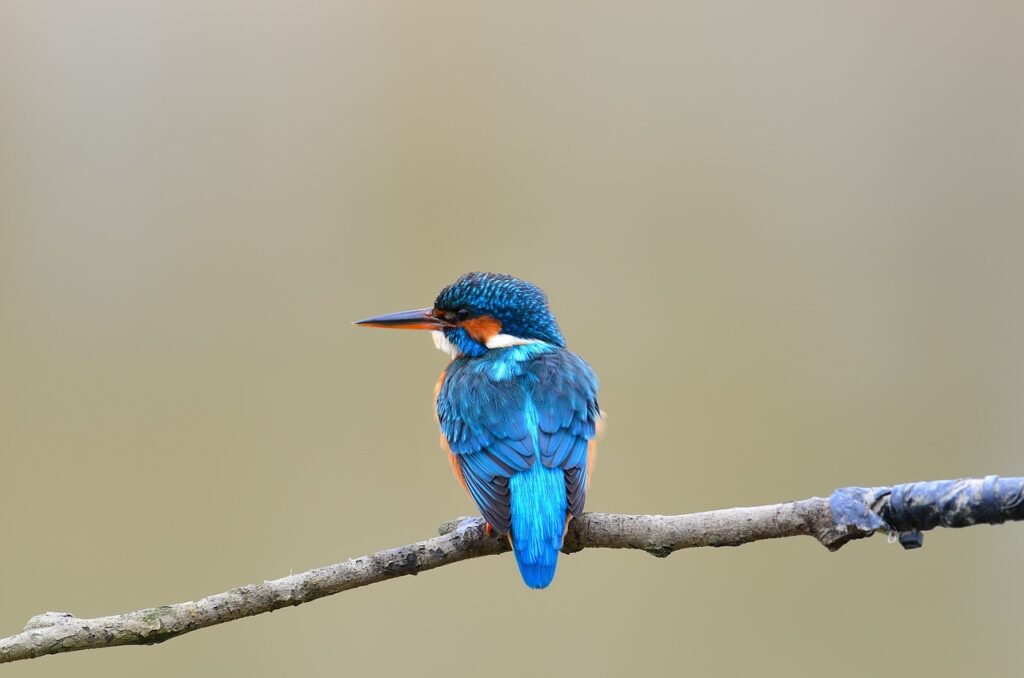What Is Lescohid Herbicide?
Let’s break it down. Lescohid is a postemergent herbicide, meaning it works on grass that’s already sprouted. Unlike preemergent options, this type of product doesn’t waste energy on preventing growth—it focuses on eliminating what’s visible and active. The specific formulation behind lescohid herbicide to kill grass targets broadleaf and grassy weeds without damaging many common landscaping plants, provided it’s applied correctly.
It’s commonly used in both residential and commercial settings. Schools, parks, sports fields—you name it. The herbicide gets applied via spray and absorbs through foliage, shutting down the plant’s internal systems from the inside.
How It Works
Here’s the sharp version: Lescohid hits the internal workings of a plant using systemic action. That means it doesn’t just burn the leaf tips—it goes deep. Once absorbed, it interferes with key enzyme processes the plant needs to grow. Over a few days, growth slows, followed by yellowing, wilting, then full dieback. After application, most treated grasses show damage within 7 to 14 days, with full kill within a few weeks, depending on the species.
So, don’t be alarmed if the grass doesn’t disappear overnight. That’s normal. The systemic nature is what makes it more powerful and longerlasting than cheap burning sprays.
Benefits of Using Lescohid
There’s no marketing fluff here—straight to the benefits:
Selective target: It selectively attacks unwanted grasses without damaging ornamental shrubs or perennials, when used correctly. Ease of use: Spray setup is simple. Mix, apply, and wait. Longterm effectiveness: Kill results last, and regrowth is slower than what you’d get with basic vinegar or saltbased junk. Compatible with many turf types: Follow label restrictions closely, but the herbicide is known to be usable in many zones and climates.
For those managing larger properties, the ability to cover substantial square footage with one batch is appealing—the concentrate packs serious punch when diluted and applied properly.
When and Where to Use It
Prime time? Use it in late spring through early fall, when grass is actively growing. Applying it during dormancy is a waste. The better the plant’s metabolic activity, the quicker and more complete the kill.
Bestuse zones include:
Garden pathways or driveways Around fence lines Noncrop areas like industrial lots Edges of lawns, as long as target areas are clear
Keep in mind—lescohid herbicide to kill grass isn’t for broad broadcast over a healthy lawn. If you’re dealing with invasive patches, spot treatments are the way to go.
Application Tips
A few best practices worth noting:
Mix according to label directions. Overdoing it won’t speed up results—it may just create runoff issues. Use a fine spray nozzle for better coverage, not a heavy drench. Don’t spray before rain. Give the herbicide time to dry and activate—most formulas need a few hours of uninterrupted absorption. Wear gloves and eye protection. Basic safety gear matters.
Timing matters too. Early morning or late afternoon avoid peak sun and limit evaporation.
Safety and Environmental Impact
Let’s be clear—this is not a nontoxic solution. While not the most aggressive chemical on the market, lescohid herbicide to kill grass should be handled with care. Keep pets and children away from the treated area until it’s fully dry. Be mindful of drift near flower beds or edible garden zones.
Every herbicide has runoff potential. Avoid spraying near water sources or drainage areas. Buffer zones help here. And disposal? Follow your local chemical handling ordinances—don’t dump leftover mix into the yard or drain.
Alternatives and How Lescohid Compares
Some folks swear by natural methods: vinegar sprays, boiling water, or newspaper smothering. Those work—for short periods. But for established grass in paved cracks or wellrooted turf types, they underperform.
Other herbicides like glyphosate are broader acting but less selective. That means more damage risk, especially in mixed planting zones. What stands out about lescohid herbicide to kill grass is how cleanly it operates in areas where precision is key.
Costwise, Lescohid sits in a midrange bracket. It’s not dollar store cheap, but then again, it doesn’t act like it either.
Final Thoughts
There’s no single “one size fits all” herbicide. But if your goal is ontarget grass kill—particularly in stubborn or hightraffic areas—lescohid herbicide to kill grass is a solid pick that combines effectiveness, ease, and staying power. Just read the label, don’t get lazy with application, and you’ll reclaim your space from unwanted green invaders.
No drama. No overexplaining. Just results.
